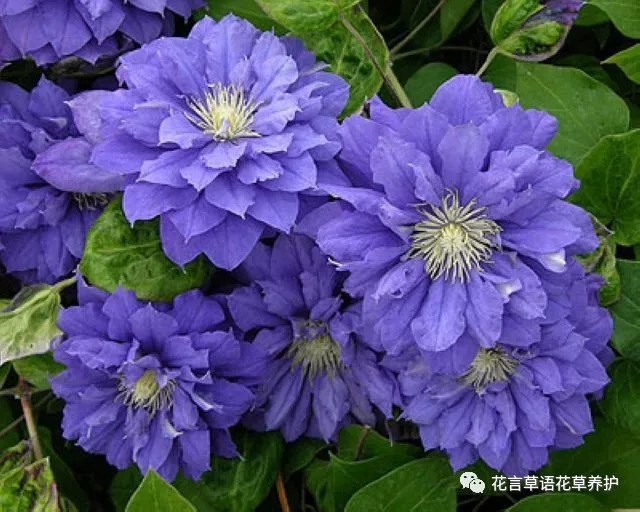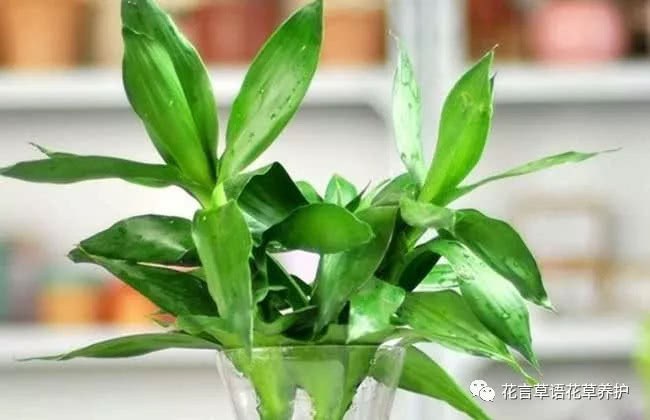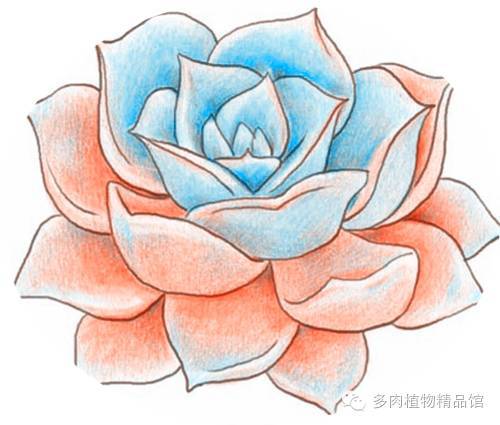Culture method of clematis

Clematis is a kind of plant that is very easy to grow. It is said that it is easy to grow because clematis can grow well without much care. Many flower friends have reported that clematis are difficult to grow and maintain. Here are some key points of my cultivation of clematis:
Change the basin
Plastic pots are not recommended here. For flowers such as clematis, which focus on their roots, a good root microenvironment often plays a decisive role in the performance of the whole plant. Clematis cultivated in earthen pots have a very obvious advantage over plastic pots.
Watering
Lack of water for a short time, clematis will not have any big problem, if your clematis is in rich sunshine conditions, and relatively open and ventilated position maintenance, or pay attention to do not let clematis lack of water too big, "dry see wet" is a very effective way to cultivate strong root flowers.
Fertilizer application
Clematis can prepare its own water-soluble fertilizer. The formula is based on 13-2-13, which adds some ammonium nitrogen, phosphorus, sulfur and other trace elements. It has been seen before that some flower friends use a large amount of organic fertilizer to cause fertilizer damage. It is not recommended for flower friends who have no experience in using organic fertilizer to use organic fertilizer extensively. It is suggested that we should start from the low concentration of water-soluble fertilizer to gradually understand the mechanism of plant absorption of nutrients.
Disease and insect
Clematis has strong resistance to diseases and insect pests, and serious damage to diseases and insect pests rarely occurs. The disease is caused by Fusarium wilt and is likely to clear up on rainy days in summer.
Cuttage
The semi-mature branches were taken from July to August and intercepted in the middle of the internodes (that is, the upper and lower nodes), with 2 buds on the nodes. The medium is made of peat and sand in half. The cutting depth is just above the bud on the node. The base temperature is 15-18 ℃. After rooting, put up a 3-inch basin and spend the winter in an anti-freezing hotbed or greenhouse. Change the 5-inch basin in spring and move it out of the room. Shade and showers are needed in summer and planted at the end of October.
- Prev

This kind of potted bamboo is more vigorous
The method of rich bamboo soil cultivation is not difficult, daily maintenance is very simple, keep the humidity of the soil on it, dry air areas remember to spray more water to increase humidity. For pots Fugui bamboo potted available decaying soil, vegetable soil and river sand mixed...
- Next

Idle Life # have an appointment with Beauty this morning
A gentle drizzle in the early autumn of Suzhou city, washed away the depression of summer, this morning, we have an appointment with beauty! One summer, slender fingers have been holding their cheeks in peace.
Related
- Wuhan Hospital Iron Tree Blooming Result Was Instantly Frightened by the Gardener Master
- Which variety of camellia is the most fragrant and best? Which one do you like best?
- What is the small blue coat, the breeding methods and matters needing attention of the succulent plant
- Dormancy time and maintenance management of succulent plants during dormancy
- Minas succulent how to raise, Minas succulent plant pictures
- What are the varieties of winter succulent plants
- How to raise succulent plants in twelve rolls? let's take a look at some experience of breeding twelve rolls.
- Attention should be paid to water control for succulent plants during dormant period (winter and summer)
- Watering experience of twelve rolls of succulent plants
- Techniques for fertilizing succulent plants. An article will let you know how to fertilize succulent plants.

